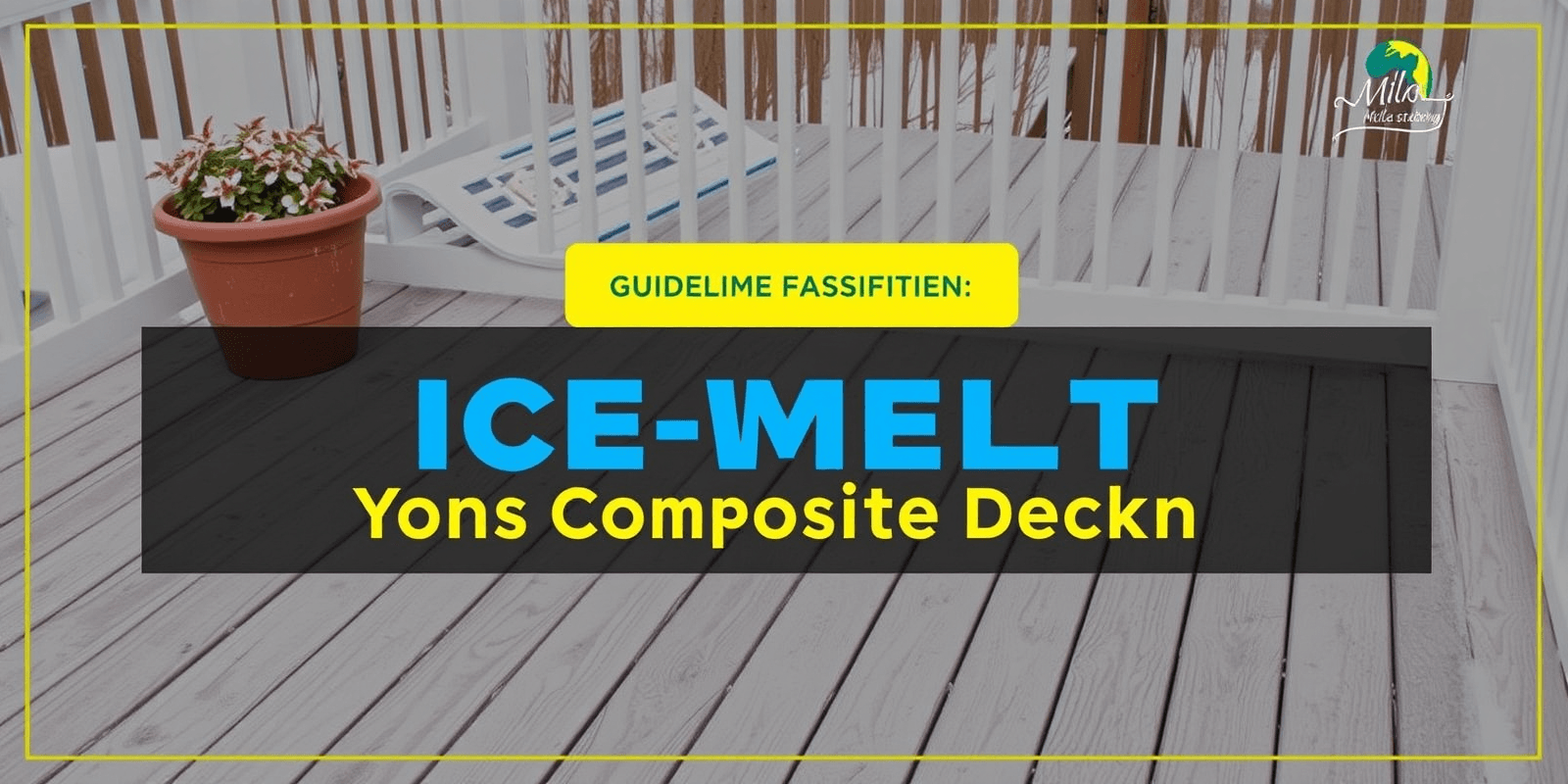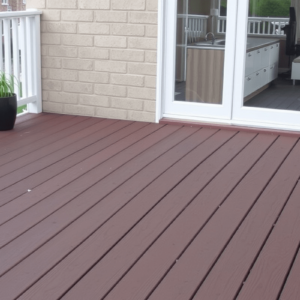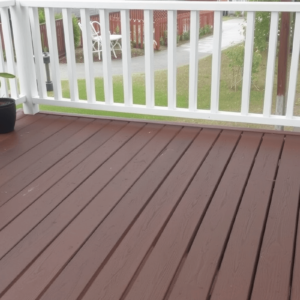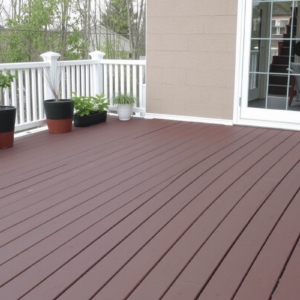Guidelines for Using Ice Melt on Your Composite Deck
Introduction
Composite decks are a popular choice for homeowners due to their durability and low-maintenance requirements. However, during winter, dealing with ice and snow can be challenging. While ice melt products can help, it’s crucial to understand how to use them correctly to avoid damaging your deck. This guide will provide detailed instructions on the proper use of ice melt on composite decks, discuss potential risks, recommend reliable brands, and suggest techniques to minimize harm to the deck surface.
Understanding Composite Decks
Composite decks are made from a combination of wood fibers and plastic materials. They are designed to resist moisture, rot, and insect damage. However, they are not entirely immune to the effects of ice melt products. Understanding the composition of your deck is essential when selecting an appropriate ice melt solution.
Potential Risks of Using Ice Melt on Composite Decks
While ice melts are effective in clearing ice and snow, they can pose several risks to composite decks. The chemicals in these products can potentially cause discoloration or degradation of the composite material over time. Additionally, if not used correctly, ice melts can lead to the formation of cracks or warping in the deck surface. It is important to choose the right product and apply it carefully to mitigate these risks.
Recommended Brands and Products
When selecting an ice melt product for your composite deck, opt for brands that are specifically designed for use on composite surfaces. Look for products that are labeled as “safe for concrete” or “pet-safe,” as these tend to be less corrosive. Some recommended brands include Morton Safe-T-Pet Ice Melter, which is known for its pet-friendly formula, and Ice Melt Plus, which is gentle on surfaces. Always read the labels and follow the manufacturer’s instructions to ensure safe application.
Techniques for Minimizing Harm to the Deck Surface
To minimize harm to your composite deck, follow these tips:
- Use a small amount initially: Start by applying a small amount of ice melt and observe the results before adding more. This allows you to gauge the effectiveness without overusing the product.
- Scatter evenly: Instead of dumping ice melt in one spot, scatter it evenly across the affected area. This ensures even melting and reduces the concentration of chemicals on any single part of the deck.
- Apply after scraping: Before applying ice melt, scrape off as much ice and snow as possible. This reduces the amount of product needed and minimizes contact with the deck surface.
- Rinse thoroughly: After the ice has melted, rinse the deck with water to remove any residual ice melt. This helps prevent the chemicals from sitting on the surface and causing damage over time.
Conclusion
Using ice melt on your composite deck can be done safely if you follow the correct procedures and choose the right products. By understanding the potential risks and following our recommended techniques, you can keep your deck clear and safe throughout the winter season. Remember to always check the manufacturer’s guidelines and consult with professionals if you have specific concerns about your deck’s condition.
Reference
Family Handyman – How to Remove Ice and Snow from Your Deck
This Old House – How to Remove Ice and Snow from a Composite Deck





Reviews
There are no reviews yet.